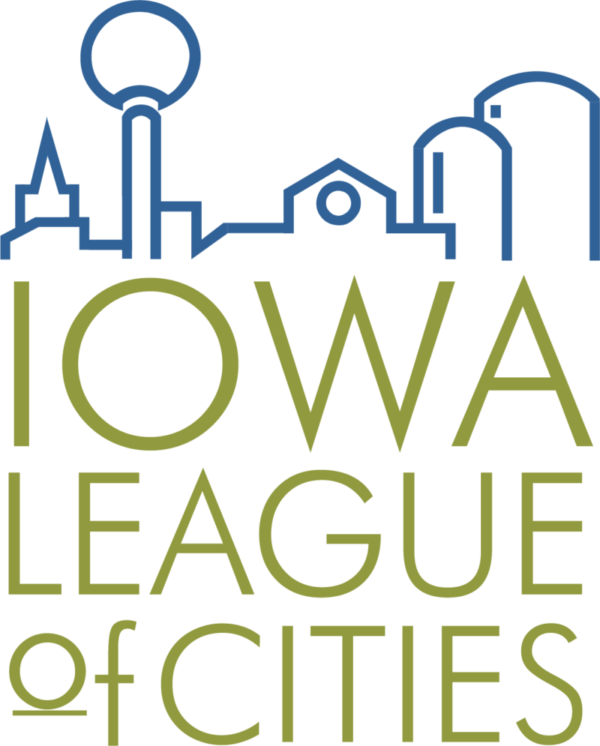Citizen engagement is one of the most important aspects of municipal governance as a successful city will keep its public informed while also encouraging feedback to help shape policies and programs. There is a multitude of ways that cities can engage citizens, especially now with the endless possibilities through the internet and electronic devices. City officials need to assess their current strengths in how they engage with their citizens and also develop ways to improve on any shortcomings.
Public and Media Relations
One of the most important duties of a local government is to inform its citizens of the various laws, meetings, events, issues, elections and numerous other items that occur. While state law requires providing notice of city council meetings, city board and commission meetings, and some official actions, many cities do more and use a variety of resources to announce informational items. The city website is an invaluable tool in this regard and cities that maintain an appealing, easily navigable and current site will please their citizens
Websites today can be quite robust, offering opportunities to encourage citizen engagement. City websites often serve as a central hub of information and news, a place to pay utility bills and other fees, and an online place for citizens to interact with their local government. Some cities have also been creative in using a website to open a new avenue to increase community discussion.
The explosion of social media and apps for mobile devices has provided cities an incredible amount of opportunities to reach their residents. Tools such as Twitter and Facebook allow cities to make quick announcements and inform their public in an instant. Similarly, e-newsletters offer another way to get a lot of information to citizens in a fast and affordable fashion. Some cities, such as Cedar Rapids, have developed apps that citizens can use on their mobile device to get the latest news, report an area in town that needs cleaning, check garbage collection days, even reserve a tee time at a city golf course. The Get to Know Newton campaign used a variety of resources, whether online or in meetings with citizens, to engage with the public, share information and boost a new, positive image for the community.
Citizen surveys are another widely used method to gather citizen input and gain a sense of the community’s priorities. Surveys allow a wide range of citizens to weigh in on an issue and help provide the city direction as well as identify problems that need to be addressed. See more on our Citizen Surveys page.
It is also still useful for cities to work closely with their local newspaper to provide information about city meetings, events, open houses, ribbon cuttings and other important items. It is also wise to seek out opportunities with the newspaper for interviews with city officials and for stories on city projects as a way to keep citizens up to speed. See our Media Relations page for additional information.
Social Media Strategies
Social media is designed to help people blend the things they love into the activities they must do. It’s great for short quick bursts of information or to link others to other sources of information. It’s also designed for informal communication – with 140 characters limitations on Twitter messages, it is necessary to cut some corners.
Simply stated, social media can extend your city’s standard communication efforts, not replace them. Social media networks most likely operate as opt-in services that require cell or internet service, which could exclude a significant part of your citizenry. But in certain situations, social media will work nicely with a minimal amount of effort. If the city wants to delve into social media, basic public relations tenets apply, tweaked slightly to apply to social media.
The general perception is that social media sites are used exclusively by the younger crowd. That may have been true early on, but research showsa steady maturing of social media audiences. In fact, the usage statistics between the sites vary greatly depending on the main activity of the site. According to research conducted by Forrester Research, older audiences are likely to “consume” a site – visit regularly, read posts, but not interact. The more interactive or creative the purpose of the site is, the younger the audience tends to be.
For an “add-on” communication method like social media, it may be easier for the city to start on a smaller scale. It’s very likely that the city has a built-in, real-life audience already using social media – sports leagues, library groups – that would appreciate updates pertaining to their interests.
It is crucial that the information be usable. Keep the message brief and pertinent to the audience. Perhaps the library could use Twitter to announce the new books added to the collection this month. A Facebook status update that a ball game has been rained out might actually travel faster and with less effort than the standard calling tree.
Spreading your message through the electronic “word-of-mouth” is called viral marketing. Like any virus, a social media conversation can mutate very quickly. An announcement about a delayed trash pick-up due to a holiday observance can quickly spark a conversation about the garbage truck knocking over a mailbox and a stream of messages berating the number of holidays city employees get. The dead mailbox conversation probably deserves some follow-up – though take it offline fairly quickly. The holiday discussion is probably better left alone – chalk it up as freedom of expression. These depersonalized conversations lose the sense of personal responsibility and can get ugly and unmanageable quickly.
Consider visiting a few social media sites to get a feel for who is already using social media in your community. Odds are that your local media professionals are already networked. Once you know who is connected, start a conversation with them personally. Get them subscribed to your website updates or email lists. Eventually, they could very well be the newest tool in your citizen engagement tool belt.
Citizen Academies
Numerous cities have established citizen academies in an effort to increase knowledge and understanding of municipal operations. This is particularly true for the city police department, as many cities offer citizens a chance to participate in a police academy and learn how police officers do their jobs. Many of the academies are multi-week programs with goals of increasing community understanding and promoting a better relationship between city officials and citizens. Cities that use academies often find they are effective at developing communication with the public as resident provide valuable feedback on how operations can be enhanced. In addition, by getting more people involved with the city, citizen academies can help identify civic-minded members of the community who could be willing to serve in the future.
Another way for cities to encourage engagement with their community is to establish business academies. Similar to a citizen academy, these are designed to increase knowledge in the business community of the city government’s operations. Items such as the city’s zoning laws, permitting process and economic develop programs are covered, giving participants a better understanding while opening communication to offer ideas to improve city practices.
Community Organizing
An important aspect of citizen engagement is creating ways for members of the public to come together and make connections not only with the city but also with one another. Cities can be catalysts in bringing different people together, from setting up neighborhood associations to holding informal meetings at cafes and schools around town. Community organizing does not have to be based on geography, though, as cities can set up forums to hear citizens’ views on a particular issue. Along those lines, some cities have created special citizen task forces and action groups to help guide the city.
Cities can also actively work with their citizens through partnerships with area schools, non-profit organizations, faith-based groups and business associations. Meeting with representatives from these types of groups allows city officials to gain a better sense of their needs and how they should fit into city planning efforts.






